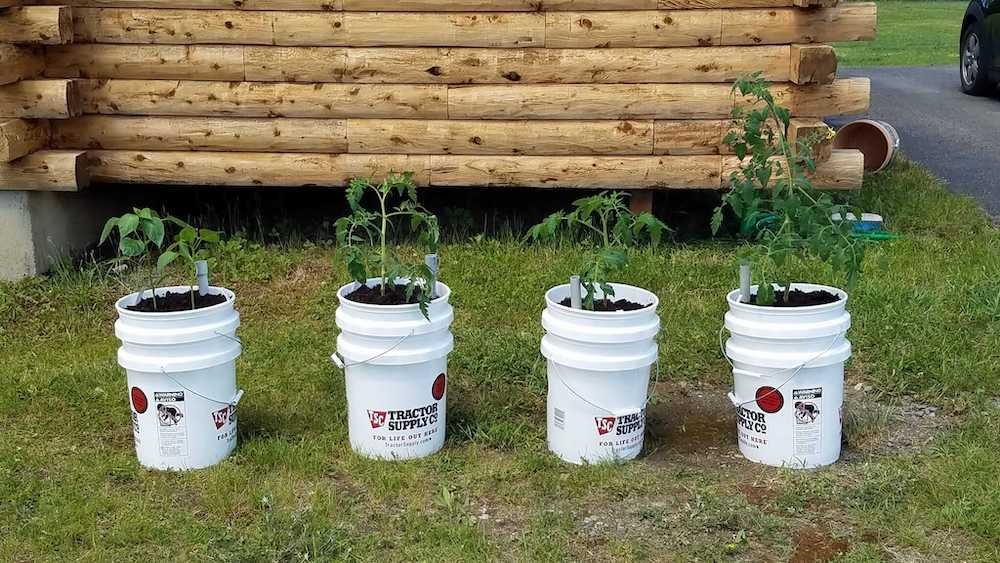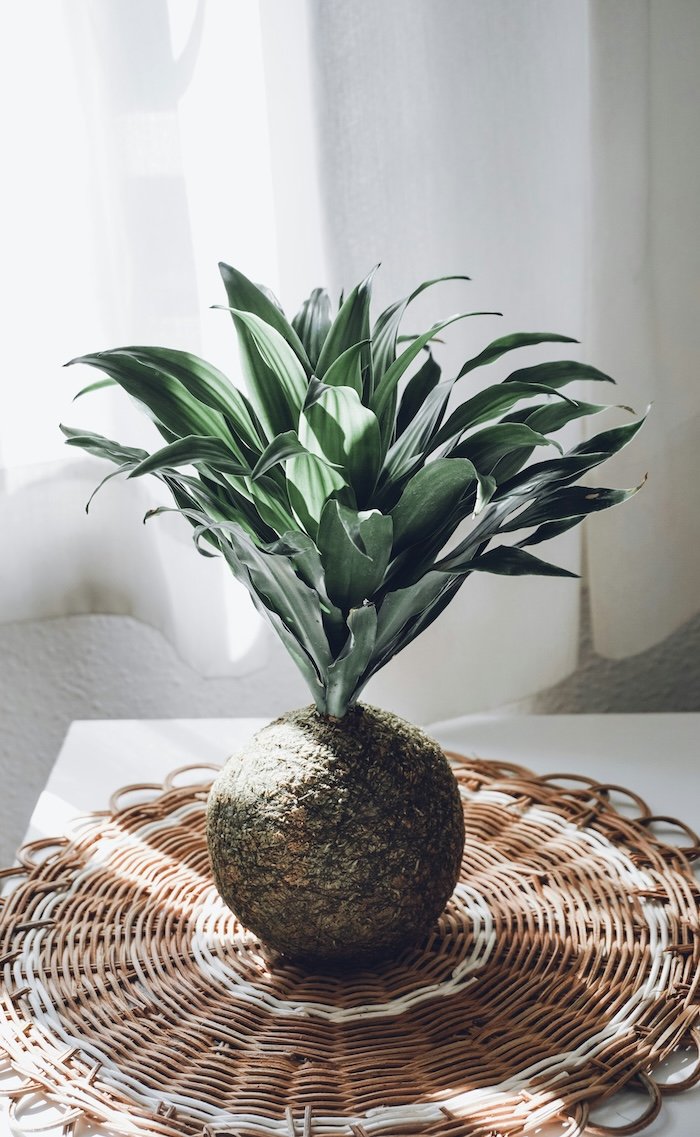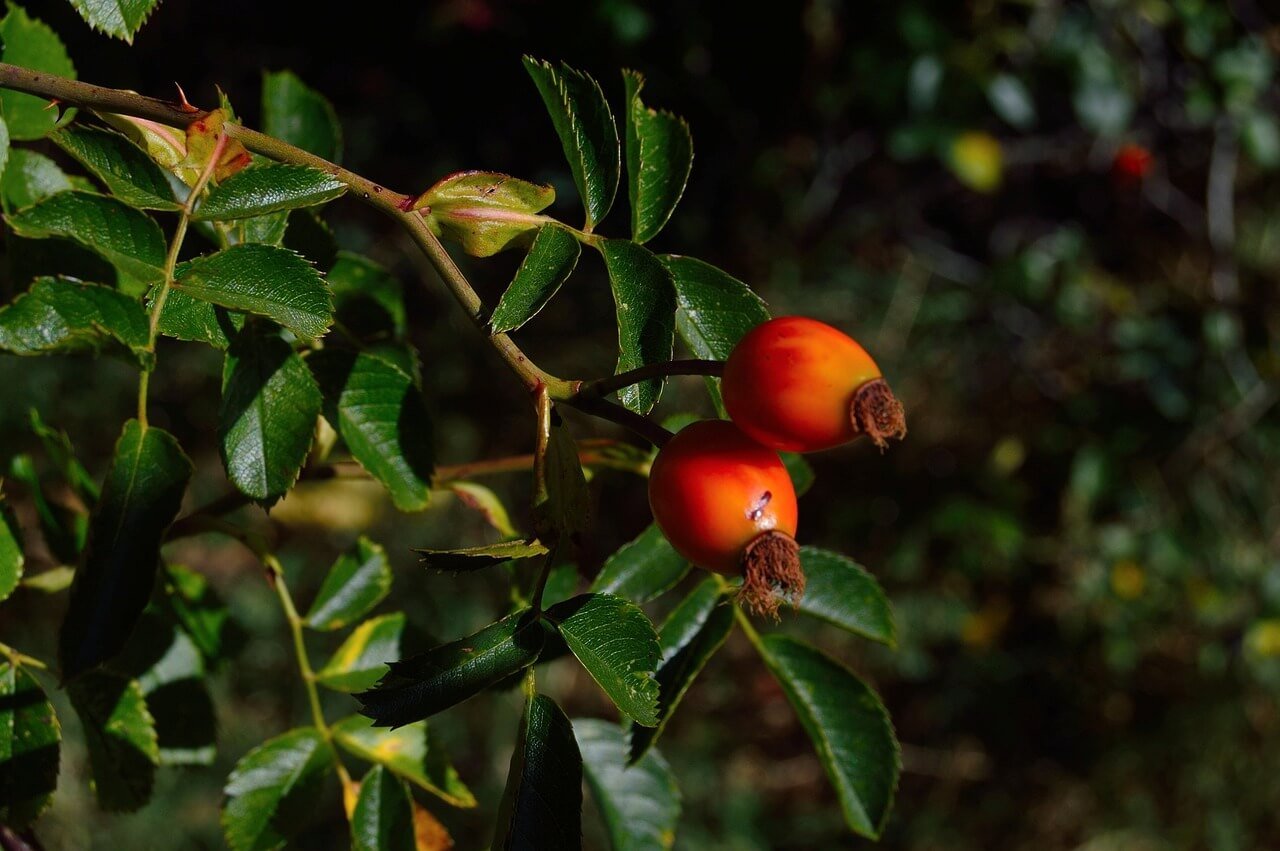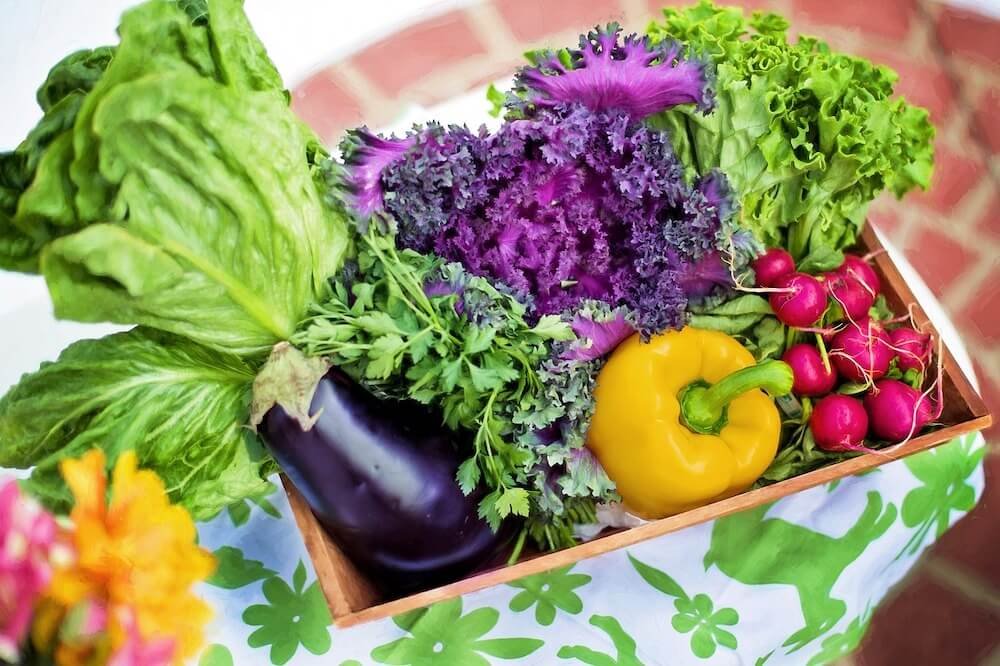Cultivating Beauty: A Guide to Growing English Roses

Ever dreamed of a garden overflowing with beautiful, fragrant english roses? It’s totally doable, even if you’re not some master gardener. English roses are known for their charm, and with a few simple steps, you can have them thriving in your own yard. This guide will walk you through everything, from picking the right plant to keeping it happy and healthy, so you can enjoy these amazing flowers.
Key Takeaways
- Picking the right english roses for your climate zone is important for them to grow well.
- Good soil is a big deal for english roses; taking time to get it right before planting helps a lot.
- Soaking your english roses before you put them in the ground makes a real difference.
- Learning how to prune and deal with bugs naturally keeps your english roses looking good.
- English roses can fit into almost any garden design, making your space look timeless and pretty.
Picking the Perfect English Roses
Understanding Your Growing Zone
Okay, so before we even think about which gorgeous David Austin roses we want, we need to get real about where we live. It’s all about the growing zone, folks. This tells us which plants can actually survive and thrive in our area. You can usually find your zone with a quick online search using your zip code. Don’t skip this step! It’s the foundation for rose-growing success. Trust us, a little research now saves a lot of heartache later.
Bare-Root Versus Container Plants
Alright, let’s talk about how roses are sold. You’ve basically got two options: bare-root and container plants. Bare-root roses are usually cheaper and are sold dormant (without leaves or soil). Container roses, on the other hand, are already growing in a pot. Here’s a quick breakdown:
- Bare-Root: Plant in early spring, less expensive, wider selection often available.
- Container: Can be planted anytime during the growing season, more established, easier for beginners.
- Consider: Your local climate and the time of year when making your choice.
Honestly, both have their pros and cons. If you’re new to roses, a container plant might be easier to handle. But if you’re on a budget or want a specific variety, bare-root could be the way to go.
Choosing Healthy Varieties
Now for the fun part: picking out your roses! But before you get swept away by pretty pictures, let’s talk about health. We want roses that are going to be strong and disease-resistant. Look for varieties that are known for their vigor in your area. Check out local nurseries or rose societies for recommendations. Also, give the plant a good once-over before you buy. Are the leaves a healthy color? Are there any signs of pests or diseases? A little detective work now can save you a lot of trouble later. Remember, a healthy start is half the battle! Consider the rose hedging you might want to create.
Prepping the Ground for English Roses

Before we even think about planting those gorgeous English roses, we need to talk about the foundation – the soil. Getting this right is absolutely key to their success. Think of it as building a house; you wouldn’t skip the foundation, would you?
The Importance of Soil Preparation
Roses are hungry plants, and they need a good start. We can’t just stick them in any old dirt and expect them to thrive. Proper soil preparation ensures they have the nutrients, drainage, and support they need to flourish. It’s an investment that pays off in abundant blooms and healthy plants. We want to make sure we’re setting them up for success from day one. Think of it as giving them the best possible welcome to their new home.
Improving Your Soil
Most of us don’t have perfect soil right out of the gate, and that’s okay! The good news is that we can improve almost any soil type with a little effort. Here’s what we usually do:
- Amend with organic matter: Compost, well-rotted manure, or leaf mold are our go-to choices. These add nutrients, improve drainage, and help retain moisture. We usually aim for about 2-3 inches worked into the top foot of soil.
- Check the pH: Roses prefer slightly acidic soil (around 6.0-6.5). We use a soil testing kit to check the pH and amend accordingly. Lime can raise the pH, while sulfur can lower it. You can find a soil testing kit at most garden centers.
- Improve drainage: If you have heavy clay soil, consider adding some coarse sand or gravel to improve drainage. This will prevent the roots from sitting in water, which can lead to rot.
We’ve found that taking the time to amend the soil properly makes a huge difference in the long run. It’s much easier to do it now than to try to fix problems later on.
Avoiding Root Competition
Roses don’t like to compete for resources, so we need to be mindful of where we plant them. Here are a few things we keep in mind:
- Keep them away from trees: Tree roots can steal water and nutrients from roses. We try to plant roses at least 6-8 feet away from trees.
- Avoid planting near aggressive shrubs: Some shrubs have extensive root systems that can compete with roses. Do a little research before planting to make sure your roses won’t be overshadowed.
- Consider raised beds: If you have poor soil or limited space, raised beds can be a great option. They allow you to create the perfect growing environment for your roses. We like to use a mix of compost, topsoil, and peat moss in our raised beds.
By taking the time to prep the ground properly, we’re giving our English roses the best possible start. It’s an investment that will pay off in beautiful, fragrant blooms for years to come. Trust us, your roses will thank you!
Planting Your English Roses Right
Soaking Before Planting
Okay, so you’ve picked out your gorgeous English roses, prepped the soil, and now it’s time to get those beauties in the ground! But hold on a sec – before you start digging, there’s a super important step: soaking. Whether you’ve got bare-root roses or container roses, giving them a good soak is key. For bare-root roses, we like to soak them for at least a couple of hours, or even overnight. Just plop them in a bucket of water and let those roots drink up. Don’t let the roots dry out! Container roses need a good soak too. Submerge the entire pot in water for about an hour until the soil is completely saturated. This ensures the root ball is nice and moist before planting. Let the excess water drain away for about 30 minutes before planting.
Proper Planting Techniques
Alright, let’s get these roses in the ground! Dig a hole that’s about 12 inches wide and 18 inches deep. We want to give those roots plenty of room to spread out and get comfy. Now, here’s a little trick: sprinkle some mycorrhizal fungi over the roots. This stuff helps the roses absorb nutrients and water, giving them a real boost. Before you backfill the hole, make sure the rose is at the right level. In colder areas (USDA zones 7 and below), the bud union (that bulge where the graft was made) should be about 2-3 inches below ground level. In warmer areas, keep the bud union at or slightly above ground level. This helps protect the graft from freezing in winter. Backfill the hole with your amended soil, gently tamping it down as you go. We want to eliminate any air pockets that could dry out the roots. Press the soil down firmly and create a small mound of soil around the rose about 18” in diameter so that water gathers and travels straight down to the roots rather than spilling out onto the surrounding soil.
Giving Them a Good Start
Once your roses are planted, it’s time to give them a good start. Water them in really well. We’re talking a generous soaking to help settle the soil and get those roots off to a good start. Then, mulch deeply around the base of the plant. Mulch helps retain moisture, suppress weeds, and regulate soil temperature. Newly planted roses, especially container roses, need regular watering until they’re well-established. We usually check the soil moisture every few days and water when the top inch feels dry. Remember, consistent watering is key to helping your roses thrive in their new home. Choosing the right pickle plant is also important for your garden.
Planting roses properly is more than just sticking them in the ground. It’s about creating the right environment for them to thrive. By taking the time to soak the roots, plant at the correct depth, and provide consistent watering, we’re setting our roses up for success. And that means more beautiful blooms for us to enjoy!
Caring for Your English Roses

Taking care of English roses might seem tricky, but with a bit of knowledge, it’s totally doable. We’ve learned a lot over the years, and we’re happy to share what works. It’s all about understanding what these beauties need to thrive. Let’s get into the nitty-gritty.
Demystifying Pruning
Pruning can feel intimidating, but it’s really just about encouraging healthy growth and better blooms. Think of it as giving your roses a haircut. We usually prune in late winter or early spring, just as the new growth starts to appear. Remove any dead, damaged, or crossing branches. For English roses, we aim for an open, vase-like shape to allow good air circulation. Don’t be afraid to cut back hard – roses are resilient! It’s better to make a clean cut than to leave a stub. We use sharp, clean pruners to prevent disease. Here’s a simple guide:
- Remove dead or diseased wood first.
- Cut back stems to an outward-facing bud.
- Aim for an open center to improve airflow.
Pruning isn’t an exact science. It’s more about understanding how your roses grow and responding to their needs. Over time, you’ll develop a feel for what works best in your garden.
Tackling Pests and Diseases Organically
No one wants to see their roses plagued by pests or diseases. Luckily, there are plenty of organic ways to keep them healthy. Prevention is key! We start by choosing disease-resistant varieties and ensuring good air circulation. Aphids can be a nuisance, but a strong blast of water from the hose often does the trick. For black spot or powdery mildew, we use a homemade solution of baking soda and water. Neem oil is also a great organic option for controlling various pests and diseases. We try to avoid chemical pesticides as much as possible to protect beneficial insects. Consider companion planting; for example, garlic can deter aphids. Regular inspection helps us catch problems early. If you’re looking for organic solutions, there are many options available.
Watering Wisdom
Watering is crucial for healthy roses, but it’s easy to overdo it. We aim to water deeply and less frequently, rather than shallowly every day. This encourages the roots to grow deeper, making the plants more drought-tolerant. The best time to water is early in the morning, so the foliage has time to dry before nightfall, reducing the risk of fungal diseases. We use a soaker hose or drip irrigation to deliver water directly to the roots. Avoid overhead watering if possible. During dry spells, we water more often, but we always check the soil moisture first. A good rule of thumb is to water when the top inch of soil feels dry. Remember, well-drained soil is essential to prevent root rot. Here’s a quick guide:
- Water deeply and infrequently.
- Water early in the morning.
- Use a soaker hose or drip irrigation.
Designing with English Roses
We think English roses are fantastic for adding a touch of elegance and romance to any garden. Their versatility means they can be incorporated into various design styles, from cottage gardens to more formal landscapes. Let’s explore some ideas on how to showcase these beauties.
Roses in Mixed Borders
Mixing roses with other plants in a border is a great way to create visual interest and extend the blooming season. English roses and modern shrub roses work particularly well in mixed borders, offering a long flowering period and strong fragrance. Consider adding some old roses and floribundas for variety, and ground cover roses at the front to soften the edge.
- Combine roses with perennials for a classic look.
- Incorporate annuals and biennials for pops of color and texture.
- Use flowering shrubs to add height and structure.
Remember to choose companion plants that complement the roses’ colors and growth habits. Avoid plants that will compete too aggressively for water and nutrients.
Creating Rose Hedges
A rose hedge can be a stunning and fragrant addition to your garden. It can define boundaries, create privacy, or simply add a touch of romance. When creating a rose hedge, it’s important to choose varieties that are disease-resistant and have a uniform growth habit. Consider the mature size of the roses to ensure the hedge remains manageable.
- Choose roses with dense foliage for privacy.
- Select varieties with similar heights and growth rates.
- Space the roses appropriately to allow for air circulation.
For a formal look, prune the hedge regularly to maintain a neat shape. For a more informal look, allow the roses to grow more naturally. Don’t forget to consider the color of the blooms when planning your rose hedge.
Using Roses on Structures
Climbing and rambling roses are perfect for adding vertical interest to your garden. They can be trained to grow on pergolas, arches, walls, and fences, creating a breathtaking display of blooms. When growing roses on structures, it’s important to provide adequate support and ensure the structure is strong enough to handle the weight of the mature rose.
- Train the roses carefully to encourage desired growth.
- Prune regularly to maintain shape and encourage flowering.
- Choose structures that complement the style of your garden.
| Structure | Rose Type | Benefits |
|---|---|---|
| Pergola | Climbing Roses | Creates a shaded walkway |
| Arch | Rambling Roses | Frames a view or entrance |
| Wall/Fence | Climbing Roses | Adds vertical interest and privacy |
Enjoying the Beauty of English Roses
Fragrance and Form
Let’s be real, the best part about growing English roses is, well, enjoying them! It’s not just about the look, though they are stunning. It’s the whole experience. The fragrance is intoxicating, a classic rose scent that fills the air, especially on a warm day. And the form? Those perfectly cupped blooms, the way the petals unfurl… it’s pure magic. Each rose variety offers a unique combination of scent and shape, so exploring different types is part of the fun.
Incorporating Roses into Your Landscape
English roses are surprisingly versatile. Don’t think you need a formal rose garden to enjoy them. We’ve seen them thrive in all sorts of settings. Here are a few ideas:
- Mixed borders: Plant them alongside perennials and shrubs for a cottage-garden feel. The contrast in textures and colors is gorgeous.
- Containers: Even if you only have a patio, you can grow English roses in pots. Just make sure they’re large enough and have good drainage.
- Climbing roses: Train them up walls, fences, or pergolas for a romantic touch. Climbing roses add vertical interest and create a stunning focal point.
Think about how the roses will look throughout the year, not just when they’re in bloom. Consider the foliage, the structure of the plant, and how it complements the surrounding landscape. It’s all about creating a harmonious and beautiful space.
A Timeless Display
Roses have been beloved for centuries, and for good reason. They bring a sense of elegance and romance to any garden. A well-cared-for English rose is a timeless display of beauty that you can enjoy year after year. They’re not just plants; they’re living works of art. We find that the joy of watching them grow and bloom is incredibly rewarding. Plus, you can always cut a few stems to bring that beauty indoors! It’s a simple pleasure that never gets old. Roses are the perfect plant to grow on a structure for a spectacular display.
Wrapping Things Up
So, there you have it! Growing English roses doesn’t have to be some big, scary project. It’s really about picking the right kind for your yard, getting the soil ready, and then just giving them some regular attention. You might hit a few bumps, like any gardener does, but seeing those beautiful, fragrant blooms makes it all worth it. Trust me, once you get a few of these going, you’ll wonder why you didn’t start sooner. Happy gardening!
Frequently Asked Questions
When’s the best time to plant English roses?
The best time to plant English roses is usually in the fall or early spring. This gives them enough time to get settled before the really hot or cold weather hits.
Where’s the best spot to plant English roses in my yard?
English roses love sunlight, so try to pick a spot where they can get at least six hours of direct sun each day. They also like soil that drains well and has lots of good stuff in it.
How much water do English roses need?
You should water your English roses deeply, especially when it’s dry. Aim for about an inch of water per week, either from rain or your hose. Make sure the soil is moist, but not soaking wet.
Why is pruning important for English roses?
Pruning helps your roses grow strong and produce more flowers. You’ll want to trim off any dead, damaged, or weak branches. It also helps shape the plant and lets air flow through it, which can prevent diseases.
Can I grow English roses in containers?
Yes, you can absolutely grow English roses in big pots! Just make sure the pot has good drainage holes and is large enough for the roots to spread out. You’ll need to water them more often than roses in the ground.
What should I do if my English roses get pests or diseases?
If you notice bugs or diseases, try natural solutions first. You can spray off aphids with water or use insecticidal soap. For diseases, make sure there’s good air circulation around your plants and remove any affected leaves right away.









